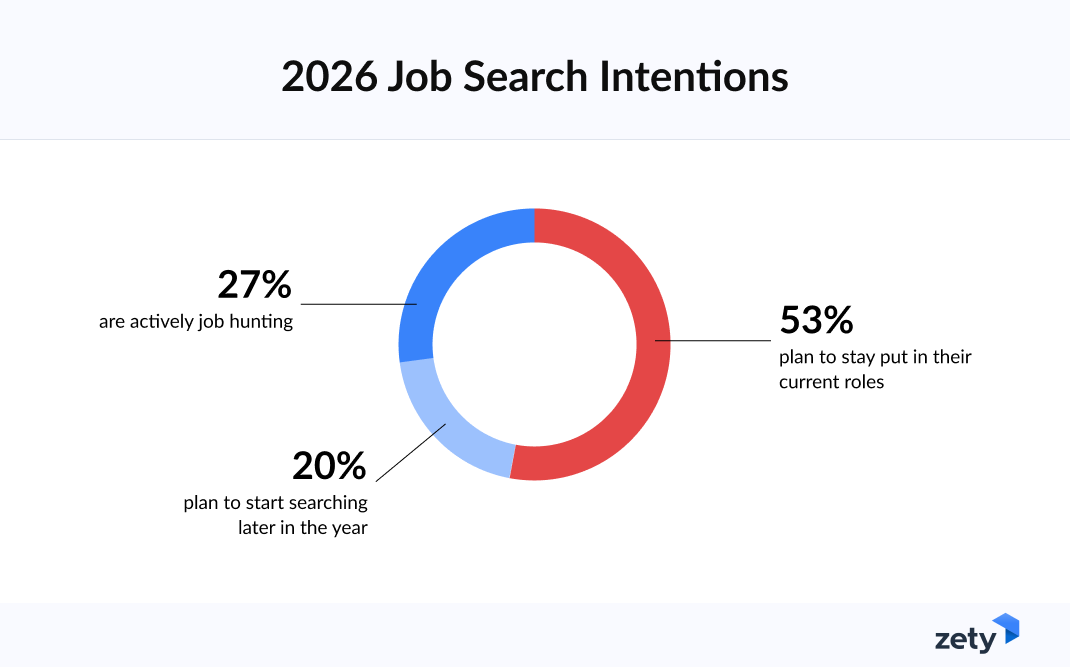How much financial information do you share with your employees, and should you be sharing more? These are important questions, but up until a few years ago, few private companies were asking them. After all, the SEC doesn’t typically require businesses that are privately owned to disclose financial results to the public, including their employees. If financial transparency was raised at all within these companies, it was more likely to be about the risks than the opportunities.
Today, the reverse may be true. In a recent Robert Half survey, 88% of CFOs revealed that their organization shares financials with at least some employees. That’s a striking 31-point increase from a similar survey conducted in 2016. Employees are enthused about transparency, too, with 82% claiming to be interested in their company’s financial performance.
Why is financial transparency important?
One case for financial transparency is that if everyone else is doing it, so should you. And there’s little doubt that employees and job seekers are gravitating towards firms that share data such as earnings forecasts with their staff. But the case for opening your books to workers goes beyond recruiting new staff. Transparency, among other things:
- Motivates employees — Open sharing of information helps workers see how their roles mesh with the company’s broader mission and strategy, creating a culture in which they are partners in a business’s success. When employees know “how we’re doing” as a organization on a macro level, they can more easily see on their level how they can contribute toward better and better results. It gives them more reason to want their company to succeed because they have a clearer part in it.
- Builds trust — Even companies in favor of transparency may worry about how their employees will interpret the data. What if a disappointing quarter causes panic, or an encouraging one fosters complacency? These are genuine risks, but the rewards of transparency are real too. Sharing financials sends a powerful message that you have faith in your employees’ good judgement and ability to see the bigger picture. Trusting staff to discretely handle data they receive prompts them to trust their employer in return.
- Fosters new ideas — Managers asking workers for good ideas is nothing new, whether it’s about trimming waste or streamlining the workflow on the shop floor. But it’s hard for employees to pitch in effectively if they lack the underlying data that drives decisions. If you give workers the vague outline of a problem, don’t expect more than the vague outline of a solution. But if you give them hard numbers — a set of disappointing sales figures, say — you may prompt them to start tracking these metrics and brainstorm ways to make them move in the right direction.
- Improves customer relations — How many times have you been frustrated with employees who replied, “That’s not my job” or “I don’t know anything about that” in response to a customer query? Before putting this down to poor attitude, consider how the same workers might handle the situation if they felt like partners in the company’s overall mission, rather than cogs in a larger wheel.
- Helps your bottom line — There’s a reason more companies are opening their books to employees: it’s good for business. Giving staff the information they need to track each dollar spent improves your chances of cutting costs and boosting profits.
Tips for sharing information
Companies are right to be wary of revealing too much, too soon, if only because few employees want to be bombarded with raw financial data. So you need to carefully prep your sharing strategy, including creating a context around financial data workers can understand. Here are some ideas:
- Decide what to share. You don’t have to give them a list of every single financial detail. This could overwhelm employees without a financial background. Be selective in what information is revealed, and who it’s revealed to. This will obviously vary from company to company. One useful tip is to identify subjects employees are commonly misinformed about and use transparency to correct the record. For example, if your workers only hear the headline figure for last year’s profits, they may assume the company is flush with cash. Educating them in what’s being reinvested, or used to pay down debt, will give them a proper context for the company’s strategy.
- Stick to a schedule. Come up with a frequency (quarterly, twice a year, annually) for employee updates and let staff know in advance when and how they can expect to receive them. Don’t shy away from transparency if the news isn’t as good as you were hoping for.
- Speak plain English. Not everyone can read a spreadsheet, and financial jargon can sound like ancient Greek even to well-educated people. Define important terms or acronyms, explain vital data in layperson’s terms and even consider offering some financial literacy training if needed.
- Invite a dialog. Ensure staff you are available to answer questions and address concerns they may have.
Making financial transparency a priority is a challenge for any business, requiring both management and staff to step outside their comfort zones. But if you provide regular, well-explained data, you may soon be wondering why you ever did things differently.
=========
Paul McDonald is senior executive director at Robert Half, the world’s first and largest specialized staffing firm. He writes and speaks frequently on hiring, workplace and career-management topics. Over the course of 35 years in the recruiting field, McDonald has advised thousands of company leaders and job seekers on how to hire and get hired.
###
Thanks for reading CPA Practice Advisor!
Subscribe Already registered? Log In
Need more information? Read the FAQs





